Best Flooring For Your Kitchen
What is the best flooring for a kitchen?
Hardwood, tile, laminate or luxury vinyl?
In order to choose a flooring material for your kitchen, or any of the rooms in your home, the type of subfloor has to be determined first. (“Subfloor” basically meaning your current floors foundation, or what’s underneath; typically plywood or concrete). Once we determine what kind of subfloor your kitchen has, we’d be able to recommend a floor covering material that makes the most sense, and follows the look you’re trying to achieve.
If the subfloor is concrete, then chances are it’s best to install tile or a luxury vinyl.
Tile:
Tile is easy to clean, very durable, extremely scratch resistant, will not buckle from moisture and the finish does not wear. There are tiles that look like hardwood which is a great solution if you need tile but want the hardwood look. We do not recommend installing tile over a plywood subfloor no matter the thickness. Tile can be a bit cold and hard on the feet. However, this is a relatively easy fix with a soft mat where you do most of the standing.
Luxury Vinyl:
Luxury Vinyl tile(LVT) has come a long way in terms of looks, durability, and style. Luxury vinyl comes in a variety of styles, colors, widths and textures. This flooring category has developed drastically, thanks to incredible new photo technology that mimics wood (or almost any other material) so closely that you have to do a double-take to see if its really vinyl.
If the subfloor is plywood, you have the option of installing the ever-trendy solid hardwood flooring.
Hardwood
Hardwood has become increasing popular in kitchens. While it does look beautiful, warm and it’s soft on the feet, there are some things to consider. Definitely install a hardwood (i.e. oak, walnut, or certain types of exotic hardwoods) and not a soft wood (i.e. pine, soft maple). Kitchens are usually a high traffic area so it’s best to pick a floor that can withstand this. Oak flooring is a great choice as it’s durable. Check out our blog- it elaborates on this. Red Oak vs. White Oak Hardwood;
You should consider, however, that hardwood does not do well in areas that have moisture. There have been cases where the hardwood has buckled by the sink, stove and dishwasher- the areas with the most moisture in the kitchen. If you decide on hardwood in the kitchen, be sure to pick a hardwood with minimal graining as the more graining the hardwood has the more porous it is. Also, the finish tends to wear off hardwood fast where you stand or keep a mat on a regular basis (i.e. by the sink doing dishes or in front of the stove cooking). To fix this, you can always screen and recoat or sand and refinish.
Feel free to read all about sanding and refinishing.
Types of flooring that can be installed over both concrete and plywood subfloors:
COREtec:
This material is simply great all around. COREtec created an entirely new category for flooring. It’s not just vinyl, or cork, it’s the best of both worlds. It’s called “Engineered Vinyl Plank flooring,” or “EVP” for short. It comes in so many styles that you could literally install this in every room of your home and have different looks throughout. They are floating clickable planks; which means there’s no messy glue or harmful VOC’S. These planks and tiles are, by far, the most durable on the market today. They are vinyl on top and have a waterproof core. The core is called “Hydracore,” and it’s not like anything else. It’s constructed of recycled wood, bamboo dust, limestone and virgin PVC; the material itself is so waterproof that even if submerged under water, it won’t swell. The cork underlayment makes this material much softer, warmer and quieter than hardwood or tile.
Built with long lasting durability in mind, these engineered vinyl planks have been designed for both commercial and residential use and are perfect for living rooms, kitchens, dining rooms, basements, laundry rooms, bathrooms, bedrooms, playrooms, family rooms, dens, garages, offices and many other areas of your home or business. It’s easy to keep up with flooring trends and have a material that, well, just makes sense.
Laminate:
We do not necessarily recommend laminate flooring in the kitchen. Laminate flooring is a synthetic floor composed a multi layers that include fiberboard and melamine resin as its core and a simulated picture on its surface to resemble a particular hardwood. Laminate floors do not tend to hold up well in areas with any moisture, such as a kitchen or bathroom as they buckle easily and swell from moisture. For these reasons, laminate floors are not a type of floor covering we recommend for the kitchen area. However, laminates are a great option for other areas of the home. (We will touch on this in another blog post)
If you did want/need to install a floating/clickable floor- CoreTec is the absolute best option. It’s technically a luxury vinyl with an attached cork underlayment. Not only can this floor be installed over plywood or concrete, but it’s completely water and mold resistant. CoreTec comes in beautiful colors and styles. It’s quite durable and holds up well to traffic. It also comes in a variety of widths(i.e. 5 or 7 inch planks.) Feel free to read more about COREtec here Installing COREtec
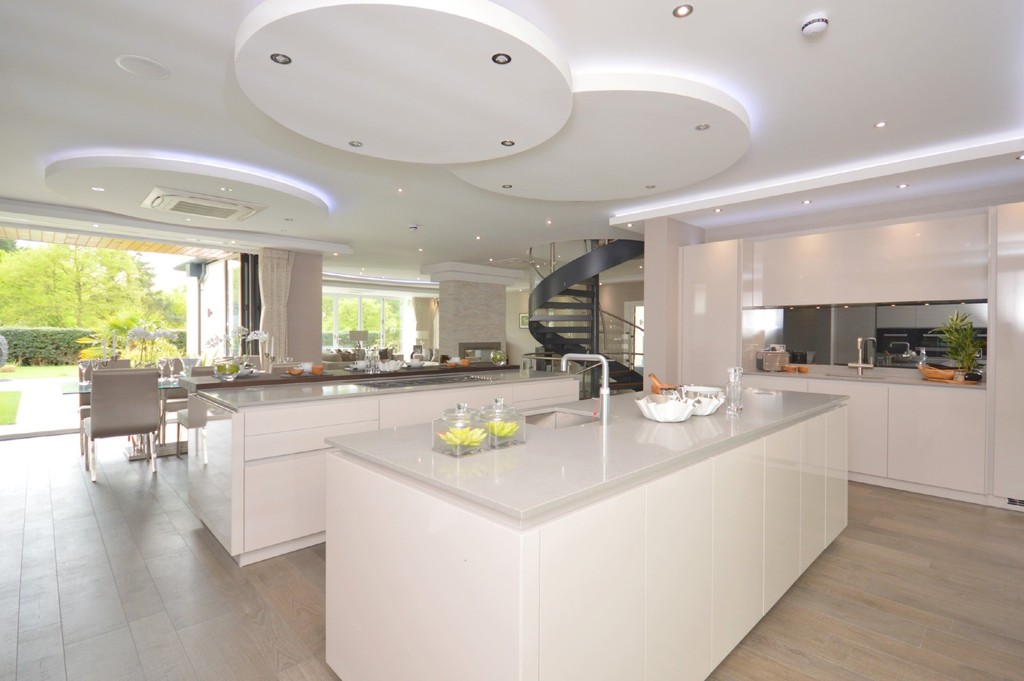
Gray Wood-look Tile Flooring
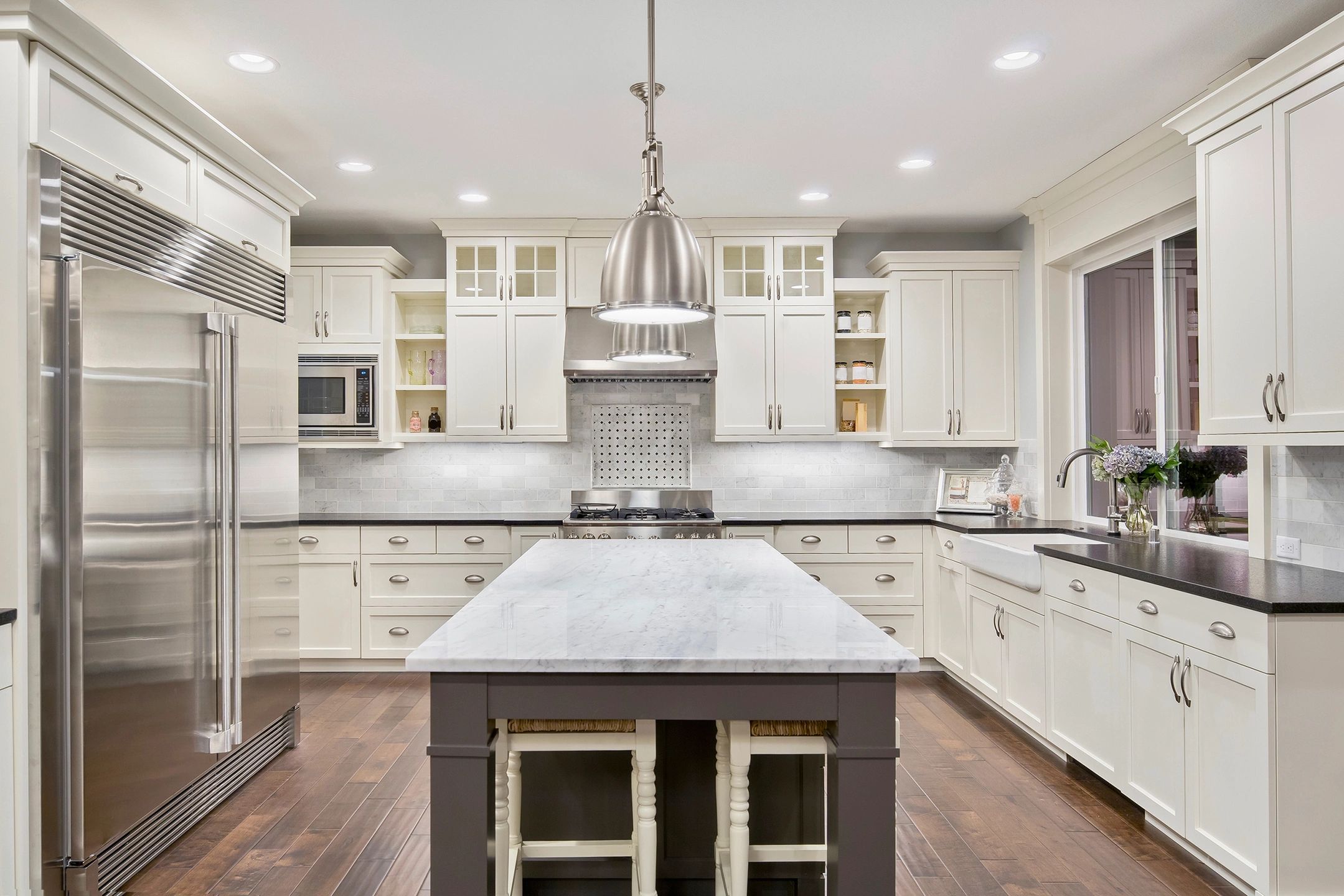
Beautiful Wood Floors
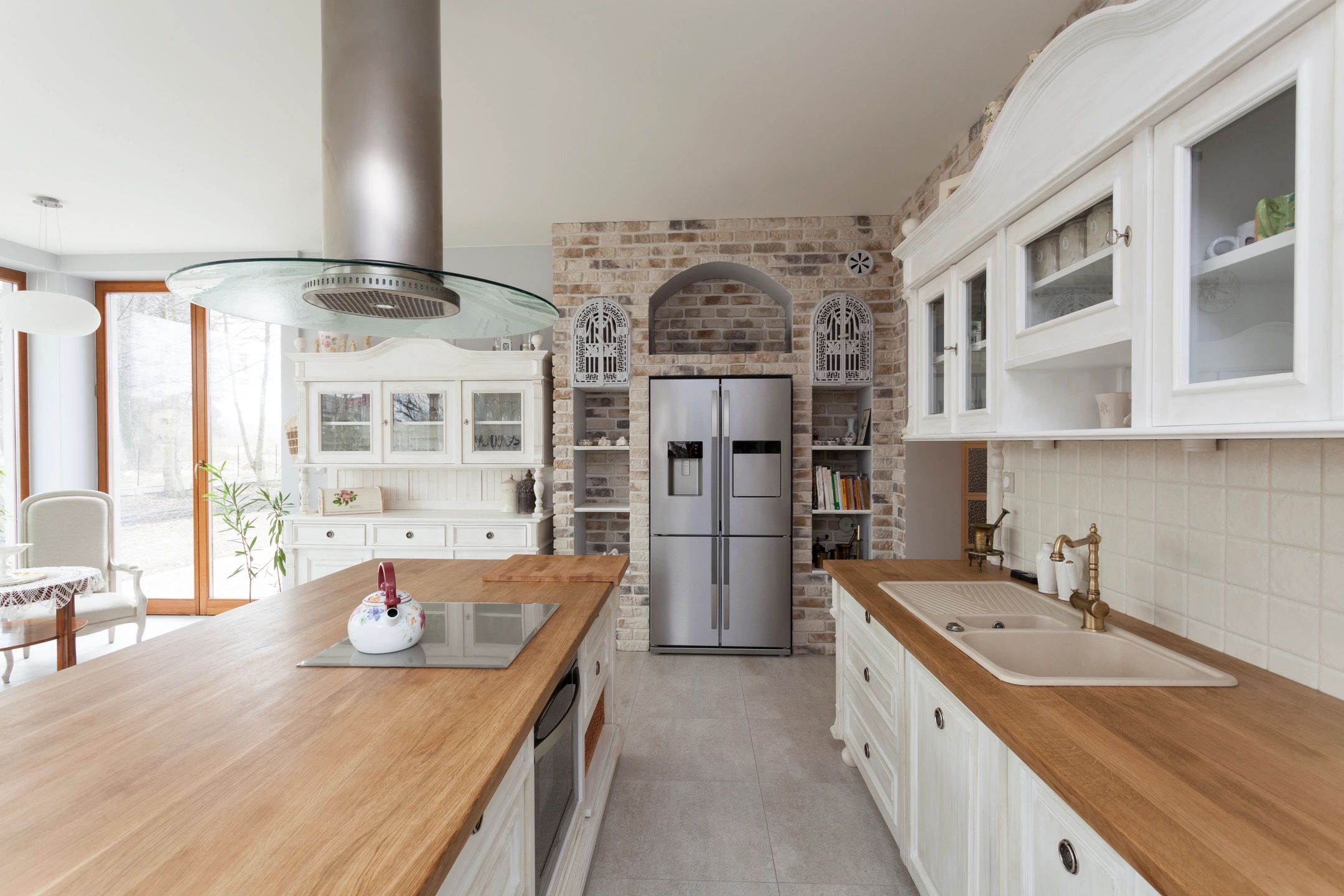
Trendy Large Format Tile Floors
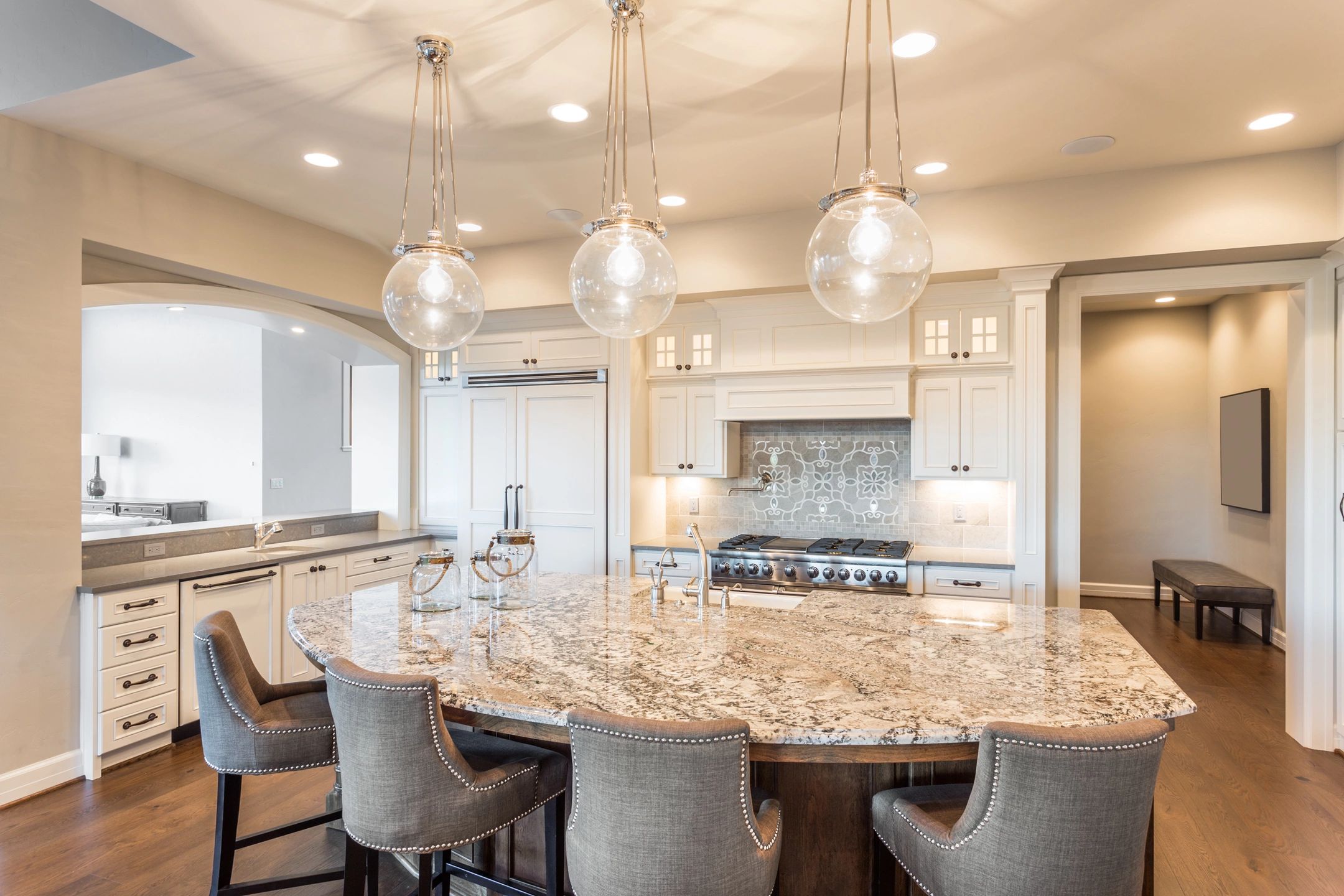
Wide-Plank Hardwood Floors
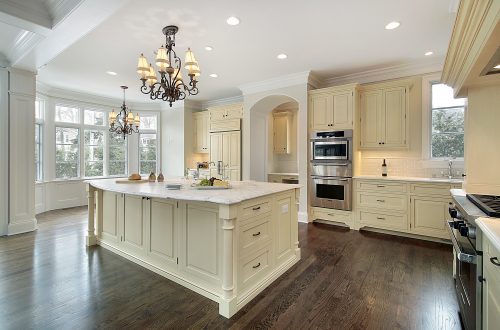
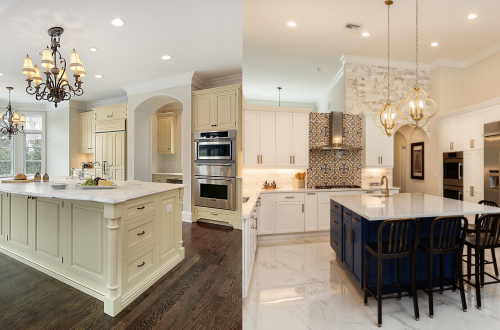
47 Comments
Pingback:
Pingback:
Pingback:
Pingback:
Pingback:
Pingback:
Pingback:
Pingback:
Pingback:
Pingback:
Pingback:
Pingback:
Pingback:
Pingback:
Pingback:
Pingback:
Pingback:
Pingback:
Pingback:
Pingback:
Pingback:
Pingback:
Pingback:
Pingback:
Pingback:
Pingback:
Pingback:
Pingback:
Pingback:
Pingback:
Pingback:
Pingback:
Pingback:
Pingback:
Pingback:
Pingback:
Pingback:
Pingback:
Pingback:
Pingback:
Pingback:
Pingback:
Pingback:
Pingback:
Pingback:
Pingback:
Pingback: